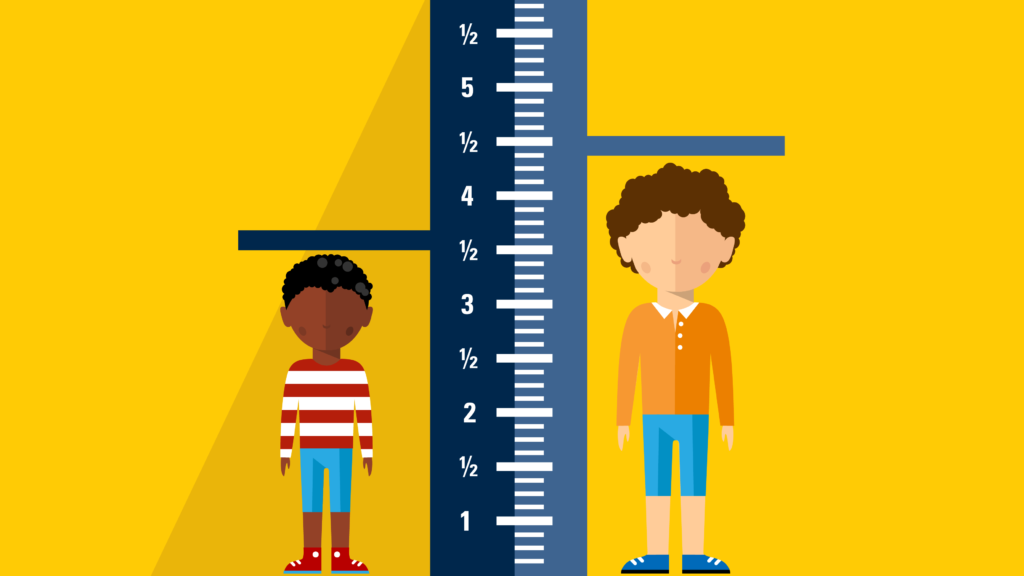
Short Stature
Short stature, also known as dwarfism, refers to a condition characterized by significantly below-average height compared to individuals of the same age and sex. While there are various causes of short stature, it is important to distinguish between proportionate and disproportionate short stature.
Proportionate Short Stature:
Definition: Proportionate short stature refers to individuals who are shorter than average but have body parts that are proportionally sized in relation to each other.
Causes: Genetic factors, familial short stature, and constitutional delay of growth and puberty are common causes of proportionate short stature.
Management: In many cases, no specific treatment is required, and individuals with proportionate short stature lead healthy and fulfilling lives.
Disproportionate Short Stature:
Definition: Disproportionate short stature indicates that the limbs or trunk are not proportional to overall height.
Causes: Various genetic conditions, such as achondroplasia, achrondrogenesis, and hypochondroplasia, can result in disproportionate short stature. These conditions often involve abnormalities in bone growth.
Management: Treatment may focus on managing associated health issues, and in some cases, growth hormone therapy may be considered.
Key Aspects of Short Stature:
Diagnosis:
The evaluation of short stature involves a thorough medical history, physical examination, and, if necessary, laboratory tests and imaging studies.
Genetic Factors:
Short stature can be influenced by genetic factors inherited from parents. Familial short stature occurs when both parents are shorter than average, and their child inherits this trait.
Bone Disorders:
Conditions affecting bone development, such as skeletal dysplasias, can result in short stature. Management may involve orthopedic interventions and supportive care.
Psychosocial Impact:
Short stature can have psychosocial implications, and individuals may experience social challenges and emotional concerns. Supportive environments and counseling can help address these aspects.
Management Approaches:
Treatment options vary based on the underlying cause. In some cases, addressing associated health issues or providing growth hormone therapy may be beneficial.
Multidisciplinary Care:
Managing short stature often requires a multidisciplinary approach involving pediatric endocrinologists, geneticists, orthopedic specialists, and psychologists to address both medical and psychosocial aspects.
Parental Concerns:
Parents of children with short stature may have concerns about their child’s well-being and future. Open communication with healthcare professionals and support groups can provide valuable information and emotional support.
In summary, short stature is a complex condition with diverse causes and management approaches. Understanding the underlying factors, providing appropriate medical interventions, and addressing psychosocial aspects are essential components of comprehensive care for individuals with short stature.

